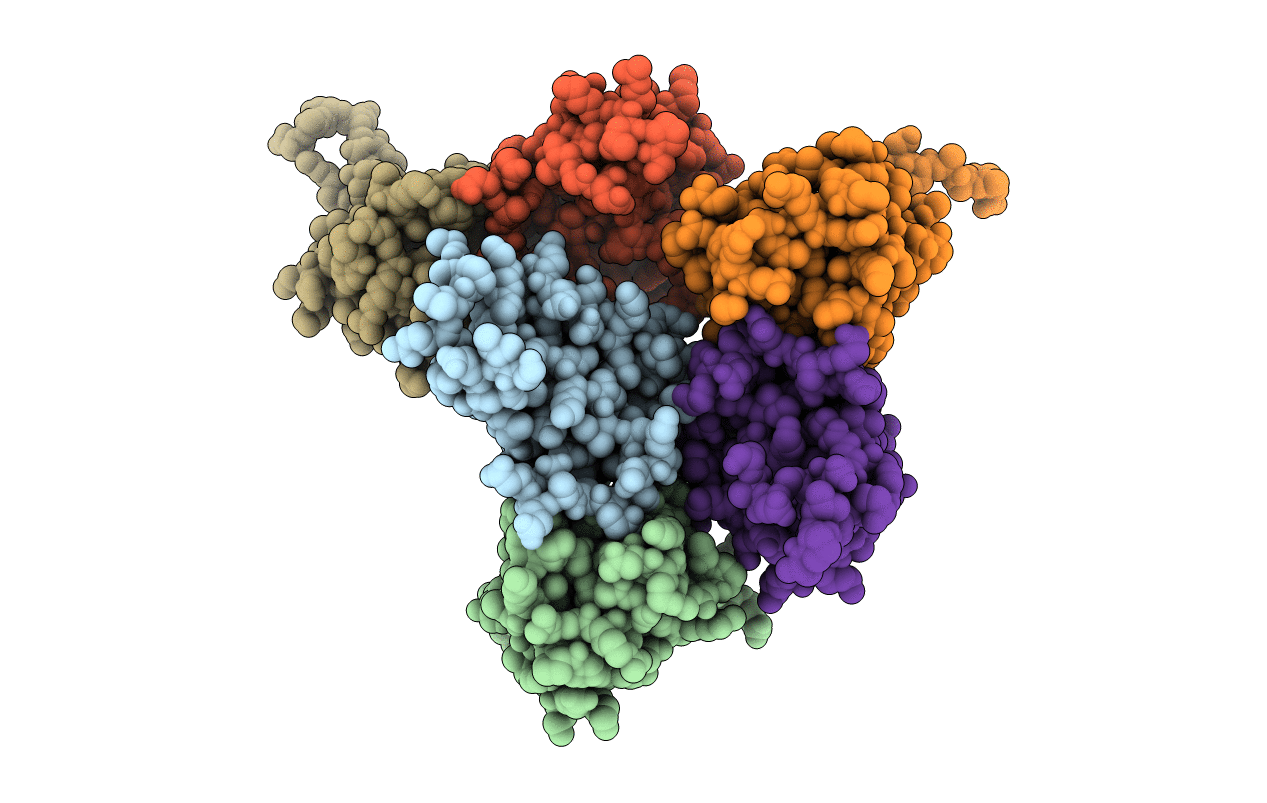
Deposition Date
2007-07-10
Release Date
2008-06-17
Last Version Date
2023-08-30
Entry Detail
PDB ID:
2QKE
Keywords:
Title:
Wild Type Crystal Structure of Full Length Circadian Clock Protein KaiB from Thermosynechococcus elongatus BP-1
Biological Source:
Source Organism:
Synechococcus elongatus (Taxon ID: )
Method Details:
Experimental Method:
Resolution:
2.70 Å
R-Value Free:
0.28
R-Value Work:
0.23
R-Value Observed:
0.23
Space Group:
P 21 21 2


